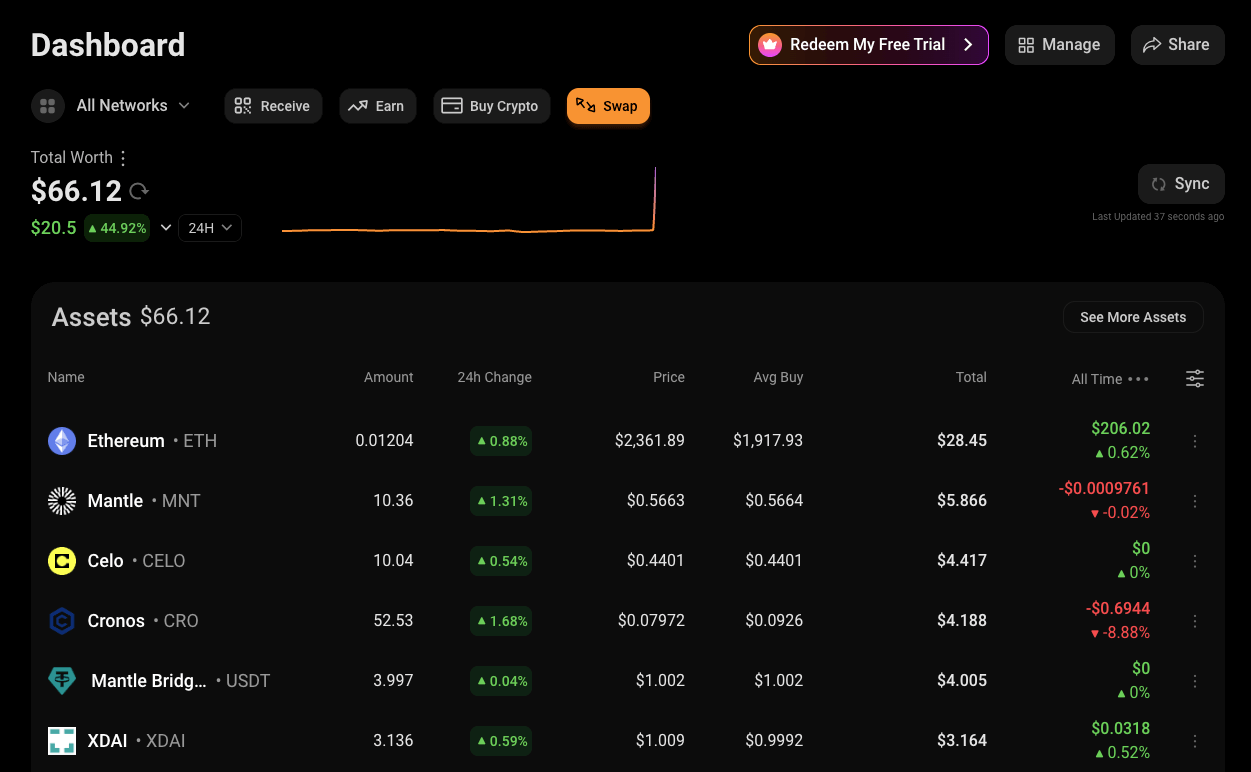
Crypto lending is undergoing a seismic shift in 2025. For years, DeFi protocols required users to lock up more collateral than they borrowed, making access to credit efficient only for those who already held substantial assets. But thanks to the rise of onchain risk scores, undercollateralized lending in DeFi is finally coming into its own, opening the door for a broader range of borrowers and use cases.

Why Overcollateralization Held DeFi Back
Let’s set the stage: In classic DeFi lending, platforms like Aave or Compound would only let you borrow if you posted more value in crypto than your loan. This model made sense for managing risk in an anonymous, permissionless environment – but it also boxed out millions of potential users and stunted capital efficiency. If you wanted a $10,000 loan, you might need to post $15,000 or more in ETH or stablecoins as collateral. That’s not exactly democratizing finance.
The reason was simple: Without knowing anything about a user’s credit history or reliability, protocols had to assume the worst-case scenario. Liquidations were frequent; borrowers hated them, and lenders demanded high interest rates to compensate for risk.
The Breakthrough: Onchain Risk Scores Explained
Enter onchain risk scores. These are algorithmic assessments that analyze an address’s entire blockchain footprint – transaction history, wallet balances, repayment behavior across protocols, and even social signals tied to decentralized identities (DIDs). Instead of treating every borrower as equally risky by default, DeFi platforms can now assign personalized risk profiles.
This is huge! Imagine being able to prove your reliability through years of onchain activity: paying back loans on time, providing liquidity without rug-pulling, or consistently managing leveraged positions responsibly. Protocols like Goldfinch and Centrifuge are already using these data-driven approaches to offer undercollateralized loans – sometimes requiring as little as 10-30% collateral compared to the old 150-200% norm.
Real-World Impact: Trillions in New Capital Flows
The numbers speak for themselves. According to OAK Research and recent Bankless reports, total value locked (TVL) in decentralized lending has soared past $127 billion this year – a whopping 72% jump year-to-date. Much of this growth comes from institutional players who now trust onchain credit models enough to lend against tokenized real-world assets (RWAs), not just volatile tokens like ETH or BTC.
This isn’t just about bigger numbers; it’s about unlocking new types of borrowers. Small businesses can now access working capital with minimal crypto holdings by leveraging their verified payment histories and business activities recorded on-chain. Everyday users with strong reputations can finally tap into flexible credit lines without jumping through centralized hoops.
If you want a deep dive into how these systems work under the hood – from data aggregation to score calculation – check out our guide at How Onchain Risk Scores Enable Undercollateralized Crypto Lending.
Challenges Ahead: Trust but Verify
No system is perfect yet. The accuracy and security of these risk scores are paramount; if someone games their score or if data sources get manipulated, lenders could face unexpected defaults and instability could ripple through the ecosystem. There’s also the ongoing challenge of integrating off-chain data (like traditional business revenues) with purely on-chain histories for even richer assessments.
Protocols are racing to improve their algorithms, introducing multi-layered verification and cross-referencing with decentralized identity (DID) standards. Some projects are even experimenting with community-driven audits and open-source scoring methodologies to keep things transparent and tamper-resistant. Ultimately, the goal is to strike a balance between privacy, transparency, and fairness, no small feat in a permissionless world.
What This Means for Lenders and Borrowers
For lenders, onchain risk scores offer a way to diversify beyond the usual suspects, no longer limited to lending against blue-chip assets or requiring massive overcollateralization. You can now calibrate your risk exposure by choosing borrowers with strong onchain track records or even participating in pools that auto-balance risk using real-time data. Expect more dynamic interest rates as protocols fine-tune offers based on borrower reputation rather than just market volatility.
Borrowers stand to benefit even more. If you’ve built up a solid DeFi reputation, timely repayments, active participation in governance, or consistent liquidity provision, you can access capital at better rates with lower collateral requirements. This opens doors for entrepreneurs, DAOs, and everyday users who might have been locked out of traditional finance or earlier generations of DeFi lending.
Looking Forward: The Road to Mainstream Decentralized Credit
The future is bright for undercollateralized lending in DeFi, but there’s still work ahead. Regulatory clarity will play a role as institutional adoption ramps up. We’ll also see ongoing debates about privacy vs transparency: How much should your wallet reveal? And how do we ensure inclusion for new users without years of onchain history?
One thing is clear: The integration of robust onchain risk scores is already reshaping the landscape of decentralized credit in 2025. As protocols continue refining these systems, and as more real-world assets and identities come online, the potential for unlocking trillions in new capital flows is within reach.
If you’re ready to explore further or want actionable tips for building your own DeFi credit profile, don’t miss our full walkthrough at How On-Chain Risk Scores Enable Undercollateralized Lending in DeFi.





